Your Journey to a Healthier Life Starts Here
Free Insurance Verification
Verify Your Treatment Coverage
Verify Your Treatment Coverage
Explore a comprehensive guide to 9 inpatient, 18 outpatient, and 9 detox centers across Connecticut. Compare costs, reviews, and treatment options to find the perfect rehab facility for your needs.

Ability Beyond Disability - Community Residences19 Pleasant Rise Circle B Brookfield CT, 06804 | ||||
Achievement Centered Therapy - Russell Association1001 Farmington Ave Suite 304 Farmington CT, 06107 | ||||
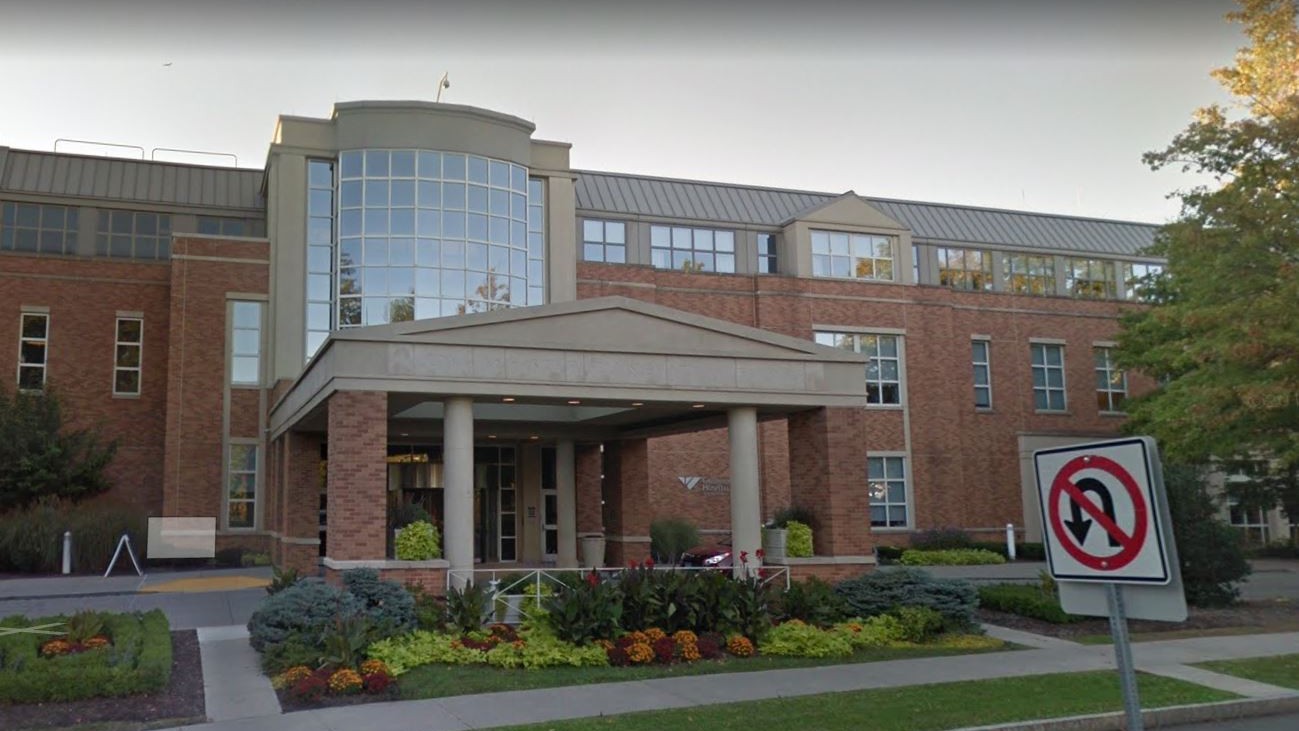 | Addiction Recovery Center - Greenwich Hospital5 Perryridge Road Greenwich CT, 06830 | Payment Options:Medicaid Private insurance Self-pay options Financial aid Financing available Medicare Military insurance | ||
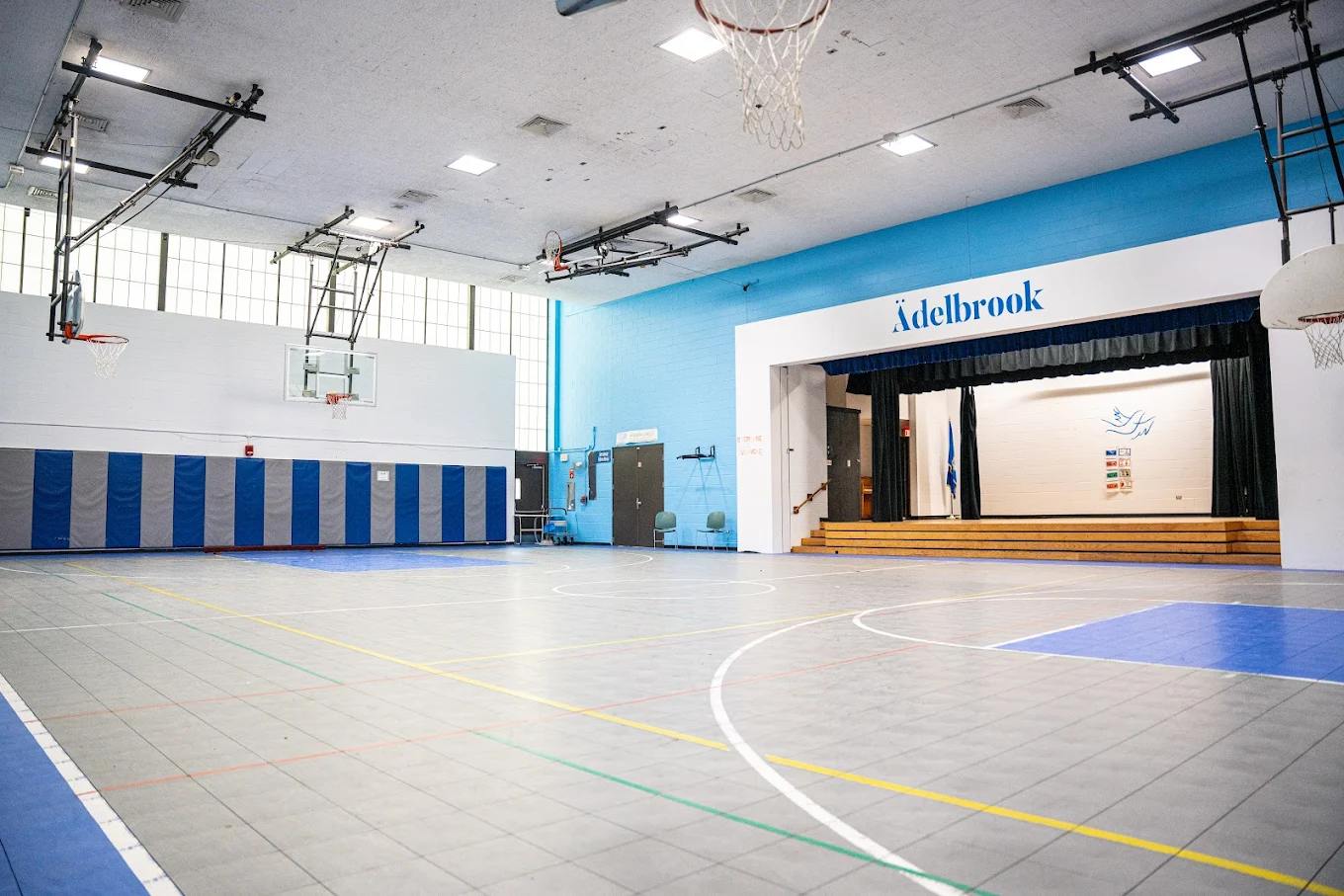 | Adelbrook60 Hicksville Road Cromwell CT, 06416 | |||
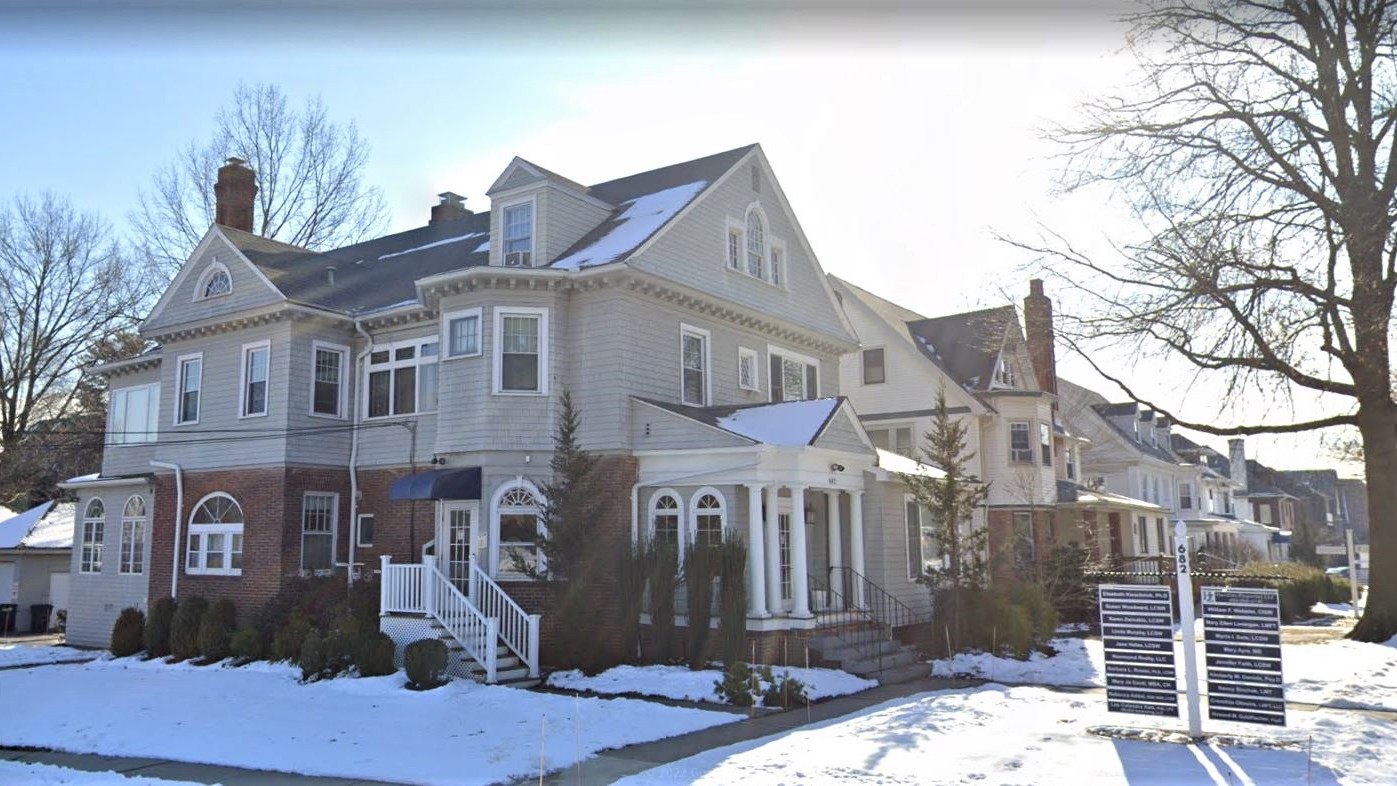 | Advanced Psychological Services682 Prospect Avenue H Hartford CT, 06147 | |||
Alliance Behavioral Services495 Gold Star Highway Suite 200 G Groton CT, 06349 | ||||
Allied Rehabilitation Centers3 Pearson Way E Enfield CT, 06083 | ||||
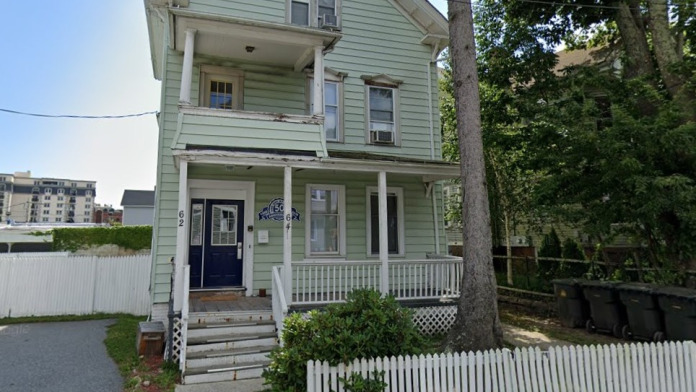 | Altruism House for Women62-64 Coit Street New London CT, 06320 | Payment Options:Private insurance Self-pay options Financial aid Sliding scale payment assistance Military insurance Medicaid | ||
APT Foundation - Meth Program495 Congress Avenue New Haven CT, 06519 | Payment Options:Medicaid Private insurance Self-pay options Financial aid Sliding scale payment assistance Medicare | |||
APT Foundation - Orchard Hill Treatment Services352 State Street North Haven CT, 06473 | Payment Options:Medicaid Private insurance Self-pay options Financial aid Sliding scale payment assistance Medicare | |||
APT Foundation Access Center1 Long Wharf Drive Suite 10 New Haven CT, 06511 | Payment Options:Medicaid Private insurance Self-pay options Financial aid Sliding scale payment assistance Medicare | |||
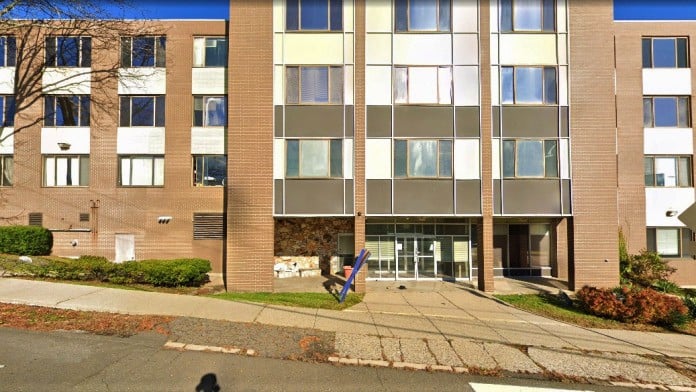 | APT Residential ServicesAPT Residential Services offers inpatient treatment for individuals with alcohol and/or substance addiction. The program includes individual counseling, group therapy, family support and more. APT Residential Services is located at Bridgeport, Connecticut. 425 Grant street Bridgeport CT, 06610 | Payment Options:MedicaidSelf-pay optionsFinancial aidPrivate insurance | ||
ASD Center for Therapeutic Services149 Durham Road Suite 26 Madison CT, 06443 | Payment Options:Self-pay options Medicaid Medicare Private insurance | |||
ASD Center for Therapeutic Services3A Main Street Essex CT, 06426 | Payment Options:Self-pay options Medicaid Medicare Private insurance | |||
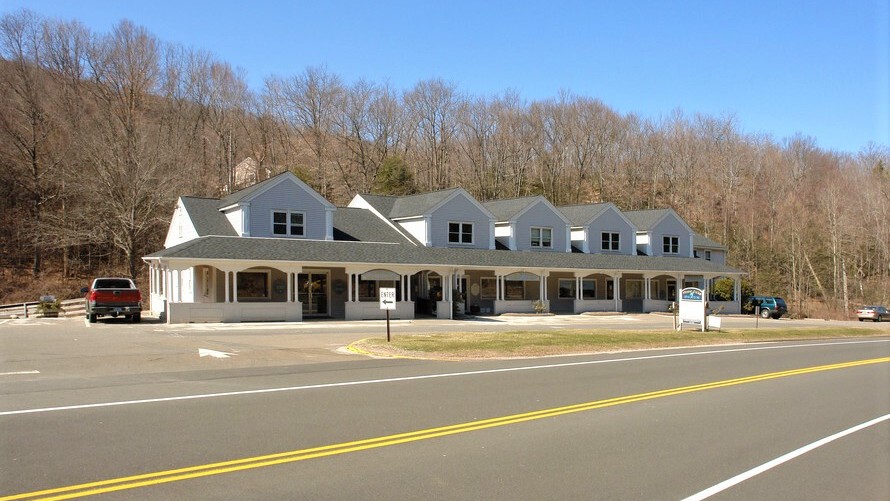 | ASD Center for Therapeutic Services415 Killingworth Road Suite 9A and 9B Higganum CT, 06441 | Payment Options:Self-pay options Medicaid Medicare Private insurance | ||
Aspire Recovery2490 Black Rock Turnpike Fairfield CT, 06825 | Payment Options:Daily: $200Monthly: $7 50090 day cost: $18 000Self-pay options Private insurance | |||
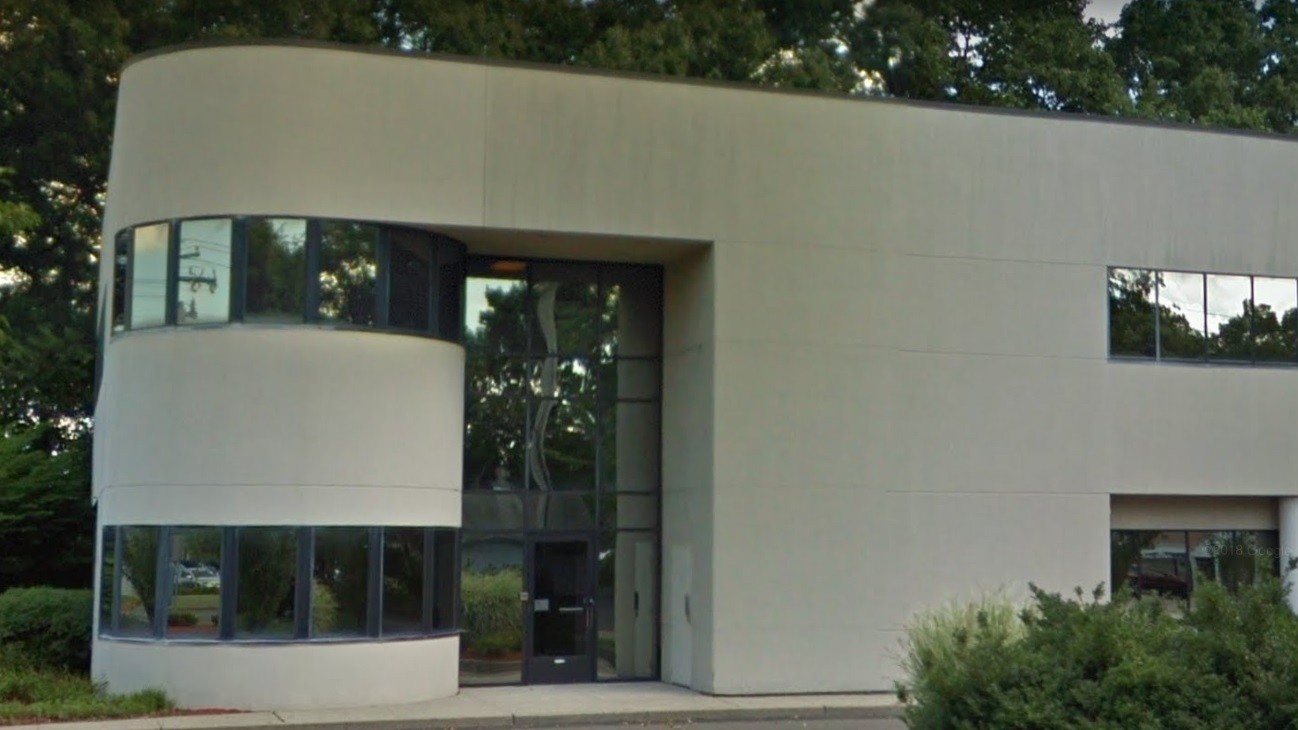 | Aware Recovery Care556 Washington Ave Unit 201 North Haven CT, 06473 | Payment Options:Private insurance Self-pay options | ||
 | Backcountry Wellness for Eating Disorders7 Lincoln Avenue Greenwich CT, 06830 | |||
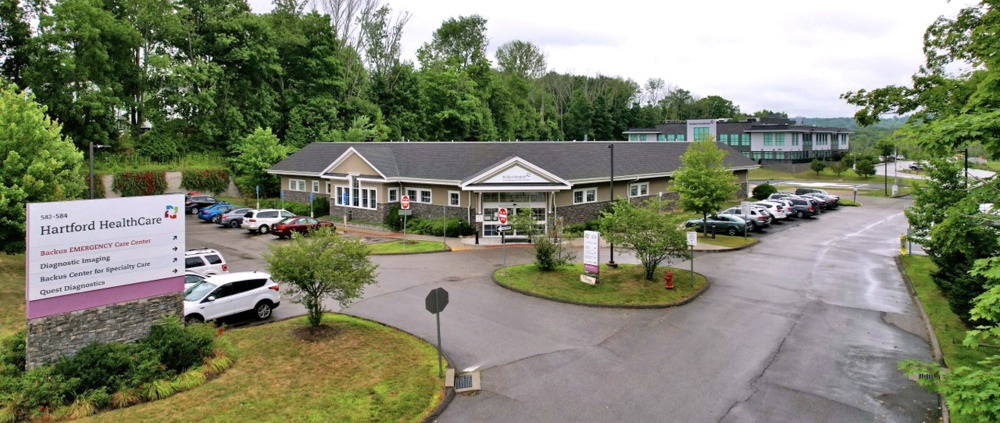 | Backus Center for Mental Health326 Washington Street Norwich CT, 06360 | Payment Options:Medicaid Private insurance Self-pay options Financial aid Financing available Sliding scale payment assistance Medicare Military insurance | ||
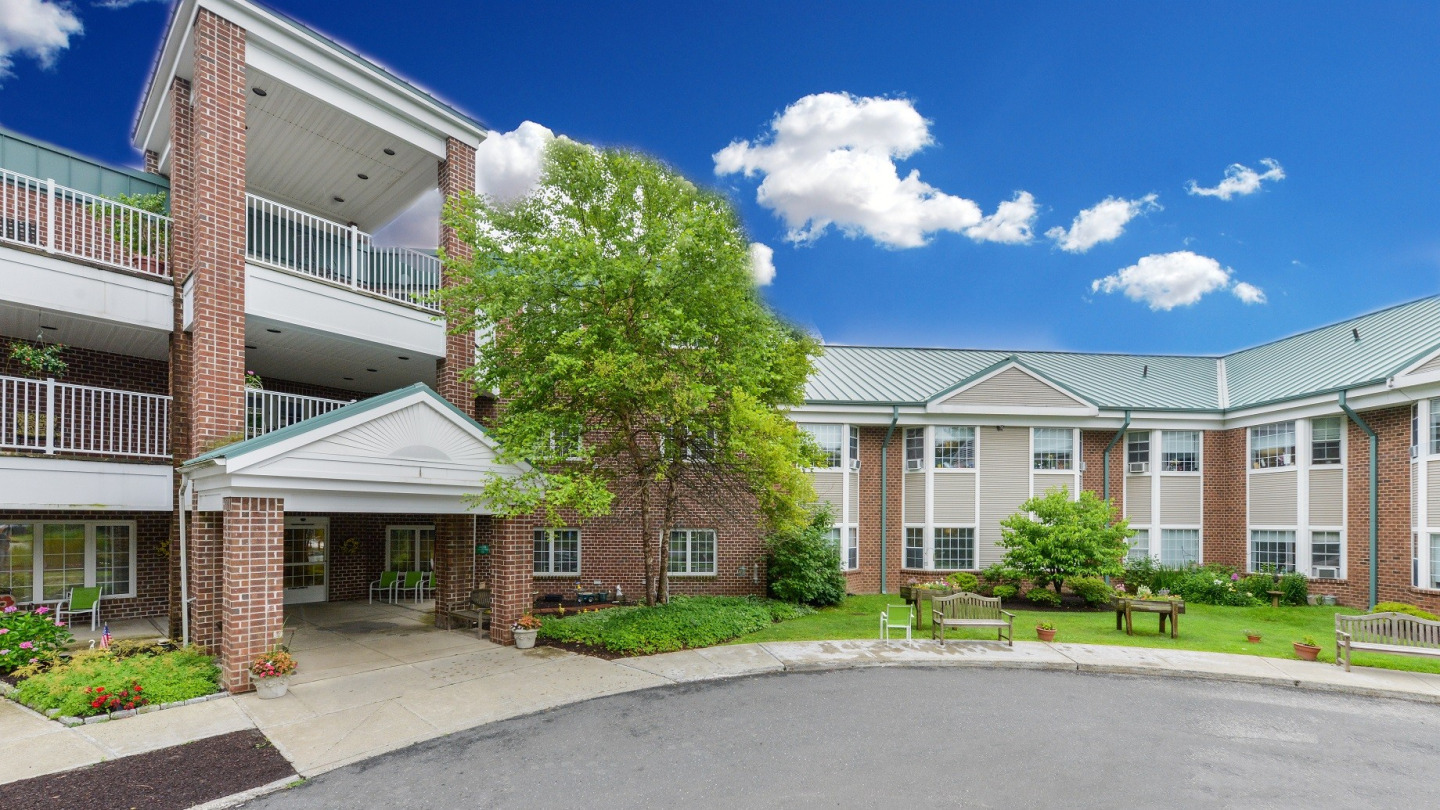 | Bethel Health Care13 Park Lawn Drive B Bethel CT, 06801 |
Find Connecticut drug rehabs in cities near you or sort by letter.
Calls to any general helpline will be answered or returned by one of the treatment providers listed, each of which is a paid advertiser:
Our helpline is available 24 hours a day, 7 days a week at no cost to you and with no obligation for you to enter into treatment. We are committed to providing support and guidance whenever you need it.
In some cases, Addiction Helpline America charges our verified partner a modest cost per call. This fee helps us cover the costs of building and maintaining our website, ensuring that we can continue to offer this valuable service to those in need.